What Makes a Good Photograph?
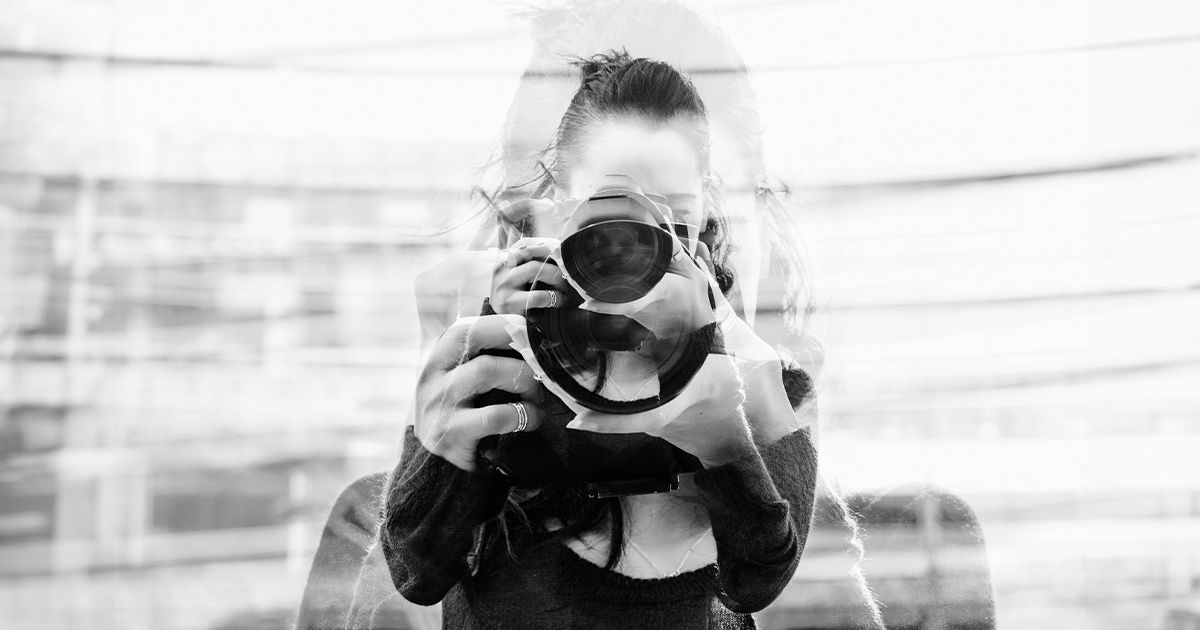
Learn what sets a good photograph apart from the ordinary in this must-read blog post.
It is a must-read blog post because I say so, alright? Similarly to how you can say your photograph is good because you said so... But the article would be too short if we left it there!
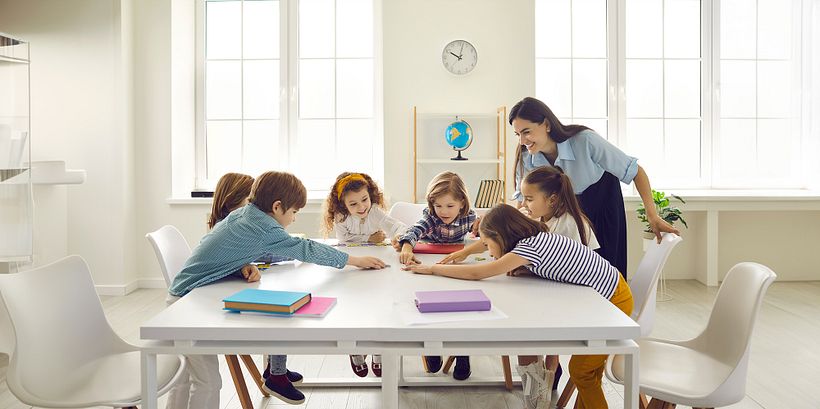
Subject and Composition
Good composition starts with setting our priorities straight: We need a main focus or subject in which to fixate our eyes on. Sometimes, the subject even covers the full frame, other times it is almost imperceptible, far away in a corner, and most times it arrives 2 hours late to the photo shoot...
Anyways, we've seen the effect of setting a subject right in the middle of the frame like in Wes Anderson's movies and all the film school students copying him right now. On the other hand, adjusting the camera angle so that the subject is off to one side, using the Rule of Thirds, helps to draw the viewer’s eye into the entire image.
Suffice to say, composition is deeply dependent on the aspect ratio we are capturing our images in:
Horizontal aspect ratios show us a closer representation of our own eyesight, where our focus can shift from side to side and horizontal lines can shift our attention from one subject to another. Square ratios like a box of chocolates gives us a focused image, probably more symmetrical too. These ratios are in vogue for music videos and indie films alike. And finally the vertical ratios that are perfect to fit a person talking about their "interesting" day on social media... If at least it was interesting and not the same one over and over again...!
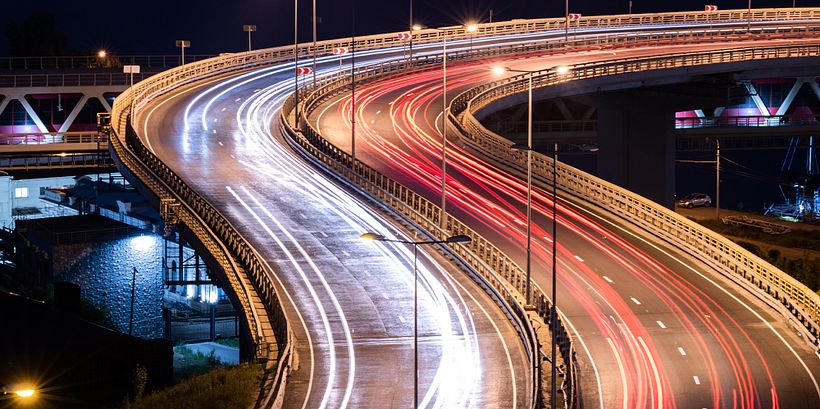
Light and Exposure
A digital camera’s sensor (or an analog camera’s film) records light to create an image. The amount of light recorded into a single photograph is what we call "exposure".
A camera’s light meter can help guide the photographer into making decisions like: shutter speed, aperture, and ISO. You can also use auto mode, the technology for which has being evolving rapidly. But you might sometimes like a nuanced result that the auto mode might not be trained to capture.
In photography, we refer to images that are darker than the actual scene you are capturing as "underexposed", while those that are brighter are considered "overexposed". But you can underexpose or overexpose an image for artistic purposes too.
Intentionally underexposing an image may make you lose some of the details eaten by the dark tones, but it can also create a somber mood in a photograph (perfect for family portraits!). Bumping up the exposure a bit gives images a light and airy feel. But keep in mind that most times, these are effects that can be achieved in "post". So a good exposure, might give you more leeway after all.

Focus and Depth
Adjusting a camera’s focus by using different autofocus modes or manual focus allows the photographer to keep the subject sharp.
Some photographs have a crisp subject with a blurred background, while others keep the majority of the background as clear as the subject. This is what we call "depth of field". Along with aperture, depth of field is also controlled by the distance to the subject as well as the size of the sensor. Your next-gen phone might not have a big sensor but it compensates this lack of length with other digital tricks so now you can also have a sense of depth in a picture without it requiring true "depth of field".
Using factors like aperture and distance to control depth of field allows you to blur out a distracting background. But that's better than having a "distracting" model/subject to capture, then you can always blur them out of the picture and focus on the background. If your model is refusing to pay you for the session (for example), it's a good reprisal to send them all the pictures with the backdrop focused instead of themselves. No better way to damage a big ego!
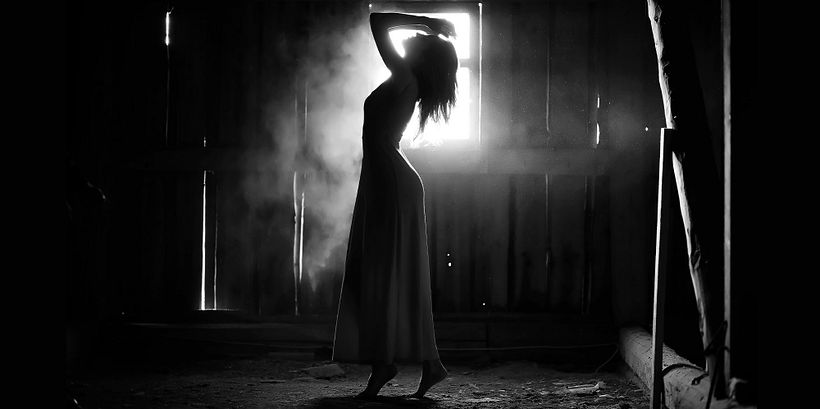
Lighting Effects
Transmitted light: A visible source is creating this type of lighting effect. It could either be the sun, a candle light, a spotlight that should've been moved out of the way...!
Reflected light: Most of the photographs we take make use of reflected light. No matter what direction the light is coming from, it will be affected by what it's bouncing off of. Reflection is commonly confused with refraction, which is when light passes through a medium that changes the direction and speed of the light, like a mirror.
For example, if the setting sun is visible in your image, it would include both transmitted and reflected light. However, if the sun was not visible in the frame, it would only be reflected light from the floor, wall, ceiling... Everyone of us is a reflector of light... You can be proud of that, if you have nothing else to be proud of...!
Hard light: A light bulb or the sun on a clear day are clear examples. It results in very sharp lights and shadows. Used correctly, hard light can be good for revealing textures in objects. Like in a lot of works by the world renowned Ansel Adams. Although the contrast in his pictures is so exaggerated that soft light can look like hard lights...
Soft light: The sun on a cloudy day provides soft light because the clouds serve to diffuse the light, spreading it over a much larger area and therefore creating a large apparent light source. Diffusion panels are used in photography to turn a hard light into a softer reflected one. You can even make them yourselves with a large piece of paper. The most common colors used in diffusion panels are white, gold (to create warmth), silver (for a neutral or colder outcome) and black to block or diminish light in the direction is facing. Even people can be used as diffusers, but let's leave such sensitive subjects for another time.
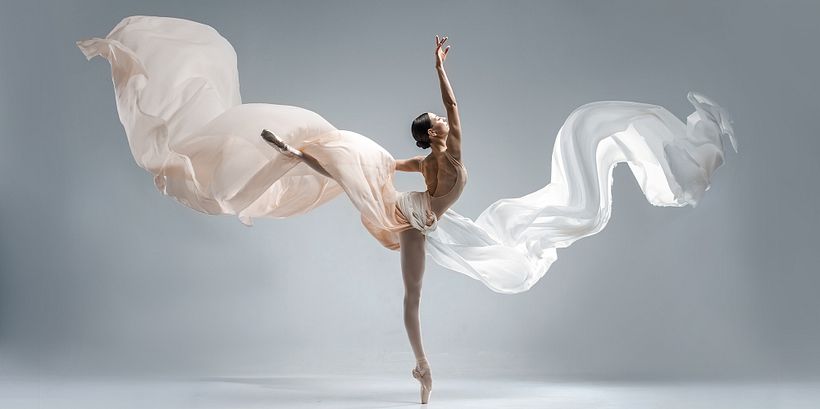
Timing and Natural Light
Seconds and milliseconds matter, to get the perfect grimace out of an unsuspecting subject. But so does time on a larger scale. When using natural light, the time of day that you take a photograph makes a big impact. I'm sure you are sick of hearing about the "golden hour" here and there. Although maybe I'm the only one...! Just to be clear I'm referring to two moments: after sunrise and just before sunset, when the sun is soft and directional, giving images a golden glow. On the other hand: a noon sun on a cloudless day, creates hard light and deep shadows. Noon could be called the "shitty hour" although that's not the official nomenclature used for it. I just made it up... I feel creative today!
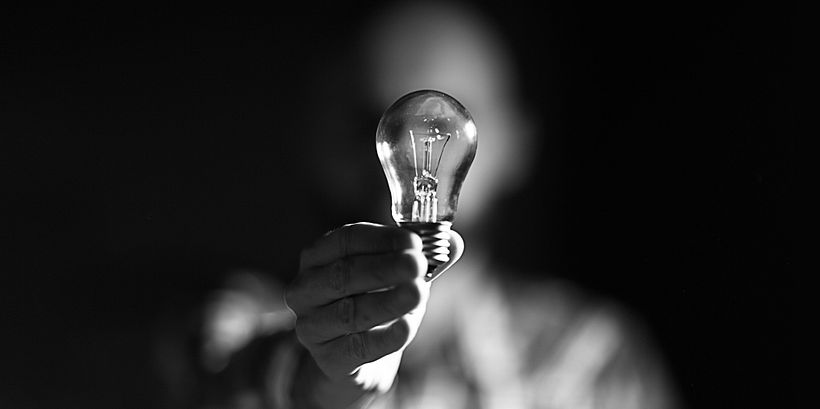
Inspiration
Most often than not inspiration might find you rather than the other way around. But you should be visible and working so that you attract it's attention... This is just a weird and mystical way to say that: it isn't something you can force and that regardless you might need to be in the search for to find it... If this is getting too paradoxical for your taste, don't blame me... Blame my inspiration...!
If you are looking for quality inspiration, in Domestika we got you covered:
- Don't miss our online photography classes
- Don't miss our Portrait photography courses either!
- Different types of photography





0 comments